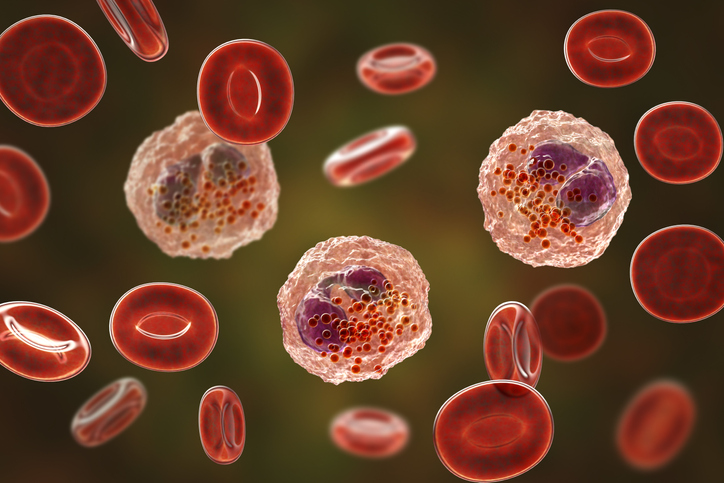Treatments
What Is Drug Rash With Eosinophilia and Systemic Symptoms?

Drug rash with eosinophilia and systemic symptoms (DRESS) is a rare but serious drug reaction that affects both the skin and internal organs. It is also known as “drug reaction with eosinophilia and systemic symptoms” and belongs to a group of drug hypersensitivity reactions.
The liver is the most commonly affected internal organ, but other organs, such as the kidneys and heart, can also be affected. Without adequate treatment, the damage to internal organs can lead to death. Early diagnosis and treatment of DRESS is essential.
Signs and symptoms
Signs and symptoms of DRESS include the following:
- Fever
- Rash, blisters, or skin loss
- Redness or swelling of the face
- Swollen lymph nodes
- Blood count abnormalities, such as low platelets, raised eosinophils, or abnormal lymphocyte count
- Visceral involvement, such as hepatitis, pneumonitis, myocarditis, pericarditis, nephritis, or colitis
The signs and symptoms of DRESS generally occur three to eight weeks after taking a new medication for the first time, which complicates the diagnostic process. Symptoms can also flare up 3 to 4 weeks after stopping the problem medication, even after initial improvement.
Causes
The exact cause of DRESS is unknown. Researchers believe it may be related to several factors, such as the inability to properly remove medications from the body or reactivation of a virus, such as the herpes virus.
Some medications are more likely to cause DRESS than others. DRESS is most commonly associated with anticonvulsant medications, but it can also be caused by antibiotics, antirheumatic drugs, the medication allopurinol, and antiretrovirals.
Risk factors
Factors that increase the risk of developing DRESS include the following:
- Certain genetic factors, including factors that affect the way drugs are metabolized and removed from the body
- A first-degree relative who developed DRESS
- A preexisting virus, such as the herpes virus
- The use of one or more of the medications most likely to cause DRESS
Other resources used to create this article include MedSafe and the American Academy of Allergy, Asthma and Immunology.

















